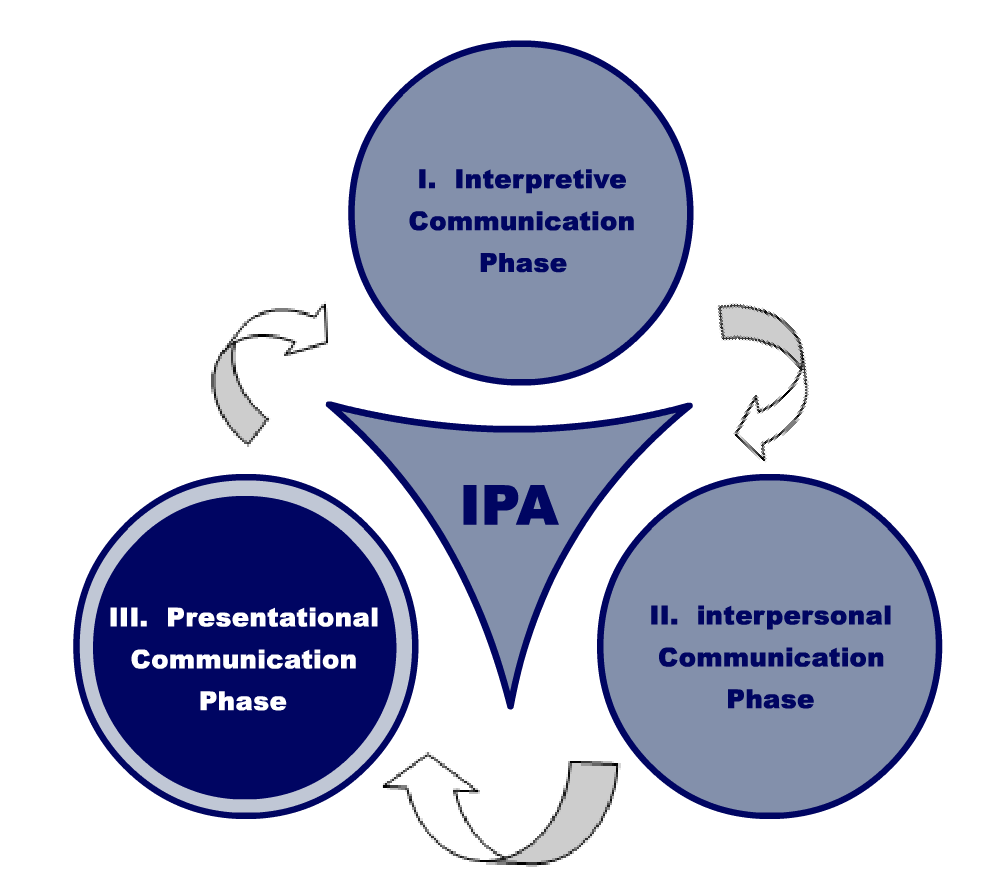 |
|
||||

|
Example 3: La Frontera by Dan Dunagan Phase 2: Presentational Task Materials needed:
Description of the task: Students will write a five-paragraph essay on the similarities and differences between the lives of campesino teens in Mexico and Minnesotan teens. The writing will take place in multiple steps. Step One – Students use information from the lyrics to create a Venn diagram of three similarities and six differences (use between the lives of campesino teens and Minnesota teens. Completed on Day 3. (Graded) The Venn diagram and instructions are found in Appendix I. Step Two – Students create a brace map to help develop their first drafts of the essays on similarities and differences between the lives of campesino teens in Mexico and Minnesotan teens. To support their arguments, students will use information from various sources we have researched during this unit. The brace map is completed on Day 4. Brace Map and Instructions found in Appendix H. Step Three – Students create an initial draft of an essay detailing similarities and differences between the lives of campesino teens in Mexico and Minnesotan teens. This draft will be scored. Points are given if the draft is ready on the assigned day. Step Four – Drafts are peer reviewed in class (Day 5). See Appendix G for the peer review guidelines. The peer review will be graded. Students will review the drafts of at least two of their classmates. Students who do not have a draft complete will work on the draft during the peer reviewing. Step Five – Second draft is written (done outside of class). In order to evaluate the effectiveness of the peer reviews, the students will complete a memo which briefly describes how they used or did not use the peer review information on their second draft. (Memo idea taken directly from Glencoe Online website.) Step Six – Second draft is turned in and graded (Day 9). The students must include the initial draft, the peer review sheets, and the memo on the peer review process with the second draft.
Feedback – I provide feedback generally for this draft. After the peer review, I discuss the following (taken from Hall Haley & Austin, p. 242):
Navigation: Follow the IPA process or go directly to the section that is of most interest to you by clicking on the appropriate category
|
||||
